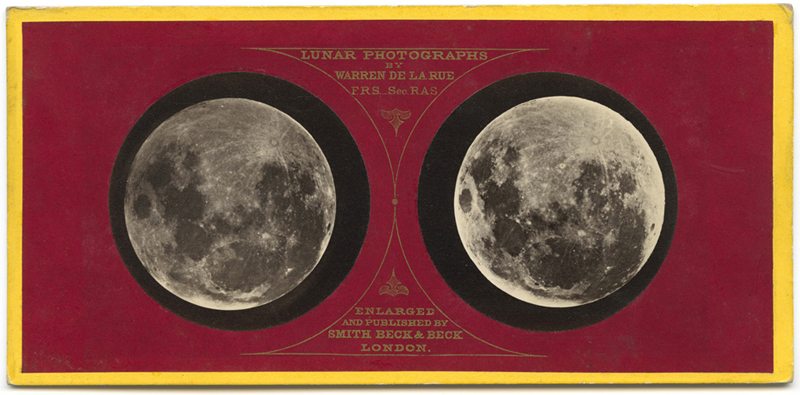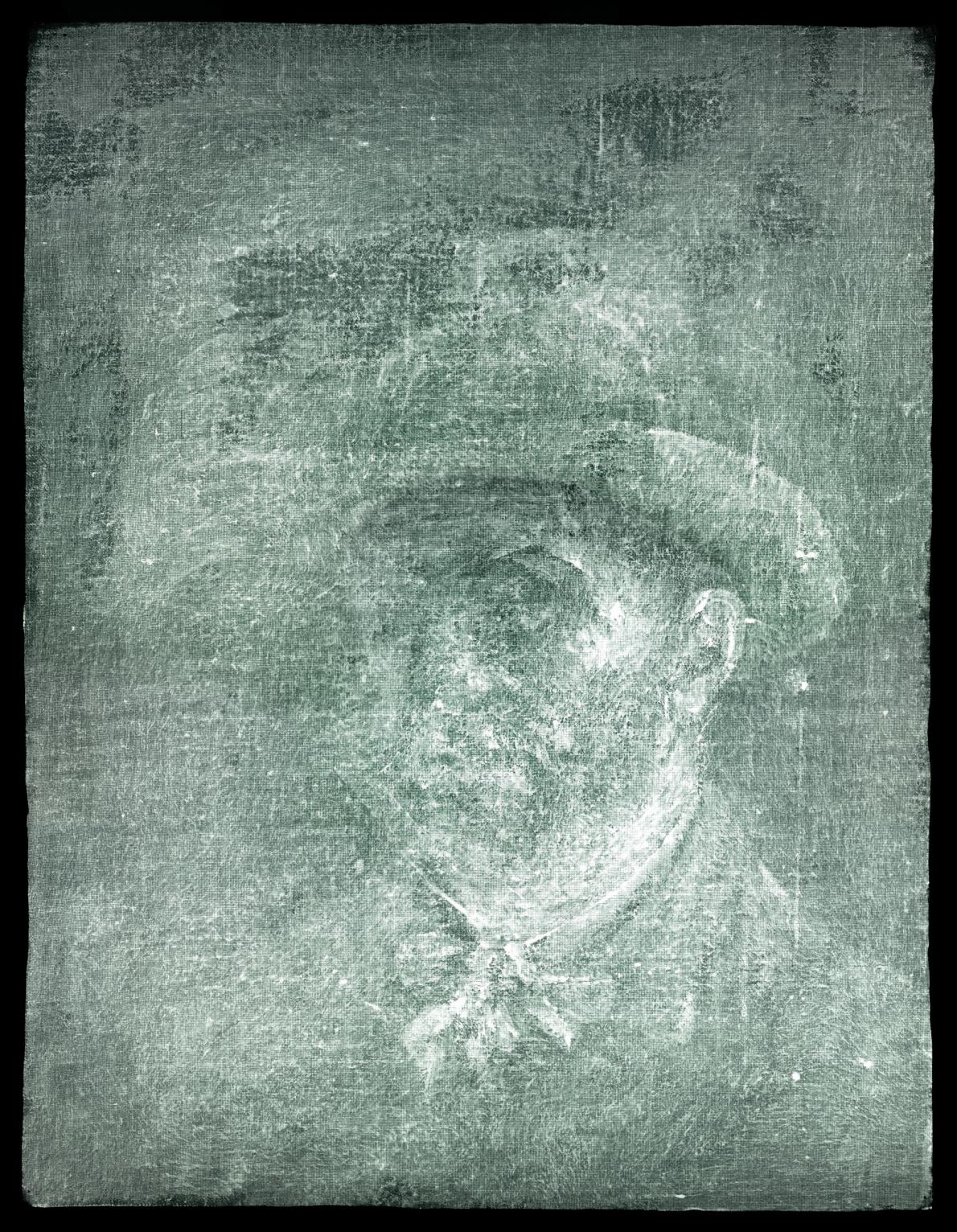We should probably not look to science to have cherished beliefs confirmed. As scientific understanding of the world has progressed over the centuries, it has brought on a loss of humans’ status as privileged beings at the center of the universe whose task is to subdue and conquer nature. (The stubborn persistence of those attitudes among the powerful has not served the species well.) We are not special, but we are still responsible, we have learned — maybe totally responsible for our lives on this planet. The methods of science do not lend themselves to soothing existential anxiety.
But what about the most cherished, and likely ancient, of human beliefs: faith in an afterlife? Ideas of an underworld, or heaven, or hell have animated human culture since its earliest origins. There is no society in the world where we will not find some belief in an afterlife existing comfortably alongside life’s most mundane events. Is it a harmful idea? Is there any real evidence to support it? And which version of an afterlife — if such a thing existed — should we believe?
Such questions stack up. Answers in forms science can reconcile seem diminishingly few. Nonetheless, as we see in the Big Think video above, scientists, science communicators, and science enthusiasts are willing to discuss the possibility, or impossibility, of continuing after death. We begin with NASA astronomer Michelle Thaller, who references Einstein’s theory of the universe as fully complete, “so every point in the past and every point in the future are just as real as the point of time you feel yourself in right now.” Time spreads out in a landscape, each moment already mapped and surveyed.
When a close friend died, Einstein wrote a letter to his friend’s wife explaining, “Your husband, my friend, is just over the next hill. He’s still there” — in a theoretical sense. It may not have been the comfort she was looking for. The hope of an afterlife is that we’ll see our loved ones again, something Einstein’s solution does not allow. Sam Harris — who has leaned into the mystical practice of meditation while pulling it from its religious context — admits that death is a “dark mystery.” When people die, “there’s just the sheer not knowing what happened to them. And into this void, religion comes rushing with a very consoling story, saying nothing happened them; they’re in a better place and you’re going to meet up with them after.”
The story isn’t always so consoling, depending on how punitive the religion, but it does offer an explanation and sense of certainty in the face of “sheer not knowing.” The human mind does not tolerate uncertainty particularly well. Death feels like the greatest unknown of all. (Harris’ argument parallels that of anthropologist Pascal Boyer on the origin of all religions.) But the phenomenon of death is not unknown to us. We are surrounded by it daily, from the plants and animals we consume to the pets we sadly let go when their lifespans end. Do we keep ourselves up wondering what happened to these beings? Maybe our spiritual or religious beliefs aren’t always about death.…
“In the Old Testament there isn’t really any sort of view of the afterlife,” says Rob Bell, a spiritual teacher (and the only talking head here not aligned with a scientific institution or rationalist movement). “This idea that the whole thing is about when you die is not really the way that lots of people have thought about it.” For many religious practitioners, the idea of eternal life means “living in harmony with the divine right now.” For many, this “right now” — this very moment and each one we experience after it — is eternal. See more views of the afterlife above from science educators like Bill Nye and scientists like Michio Kaku, who says the kind of afterlives we’ve only seen in science fiction — “digital and genetic immortality” — “are within reach.”
Related Content:
Benedict Cumberbatch Reads Nick Cave’s Beautiful Letter About Grief
Richard Feynman on Religion, Science, the Search for Truth & Our Willingness to Live with Doubt
Philosopher Sam Harris Leads You Through a 26-Minute Guided Meditation
Josh Jones is a writer and musician based in Durham, NC. Follow him at @jdmagness.












